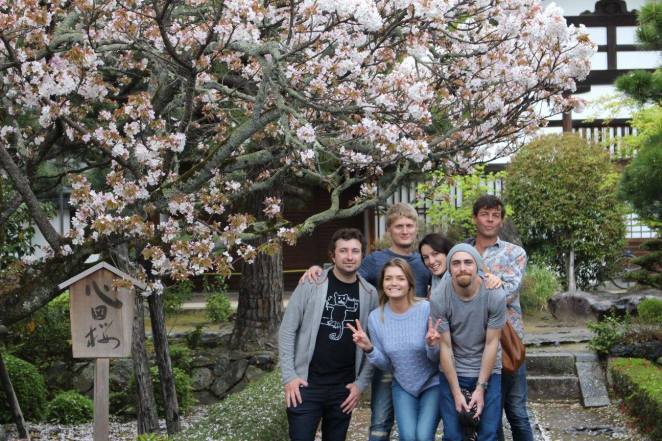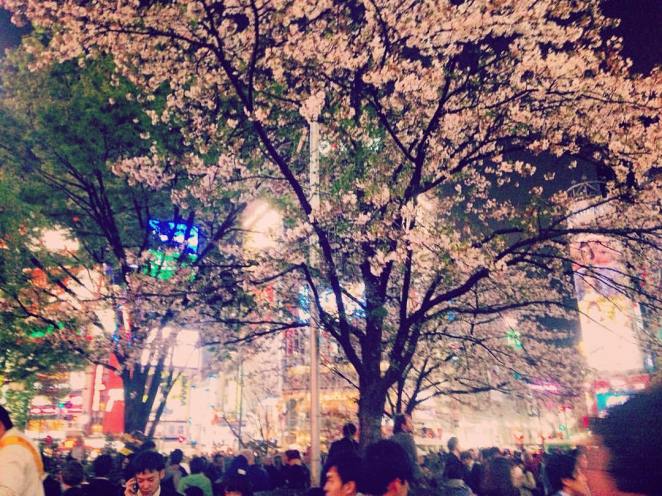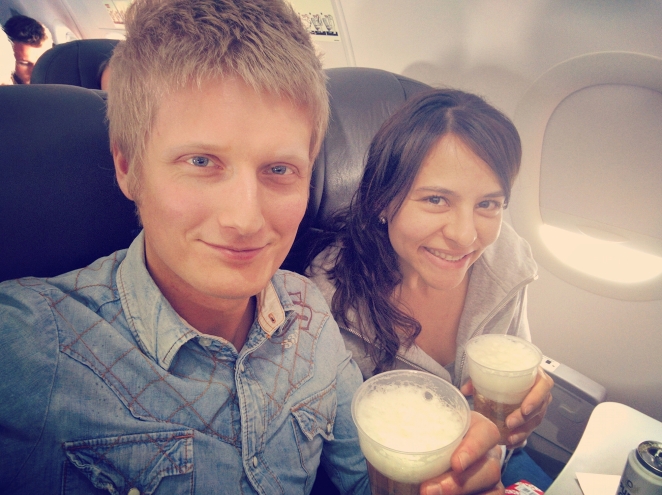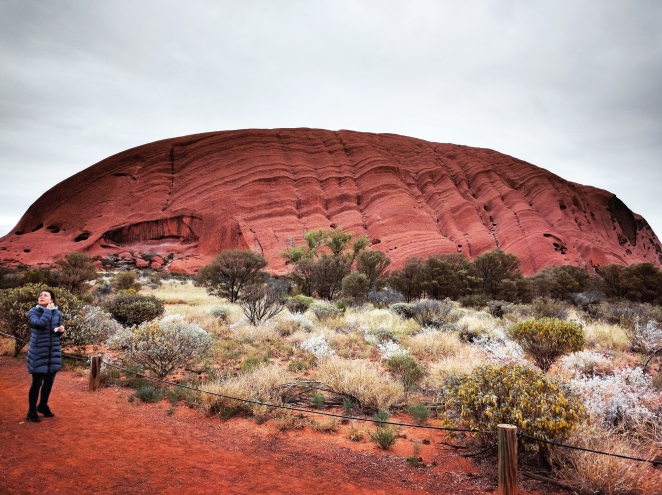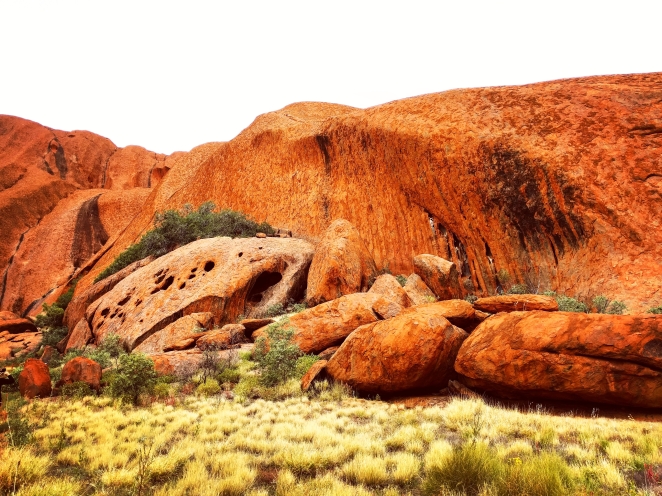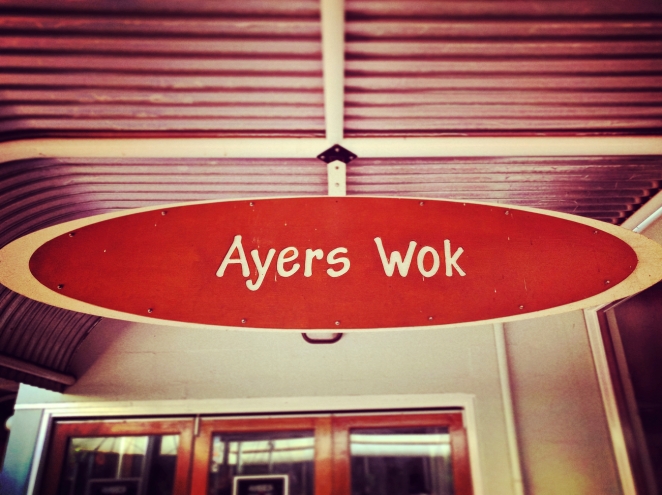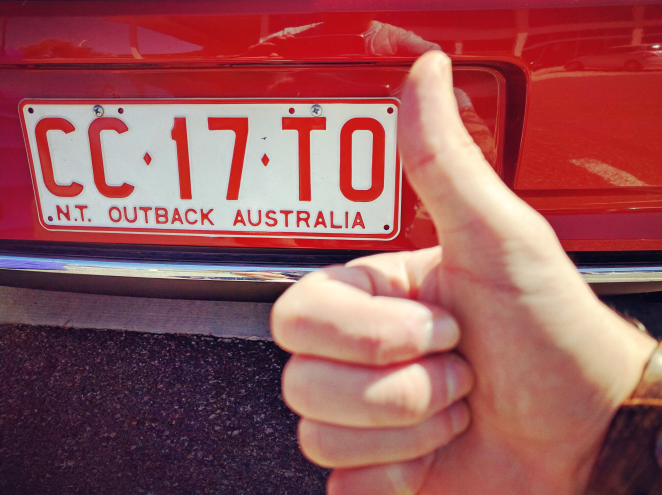I’m concerned about the way socio-politics is going. I use the term ‘socio-politics’ because we live in an age where politics has permeated almost every aspect of our society – from corporate HR policies to which books make the display window of a bookstore. Whereas once a person could live one’s life relatively free of politics, today, even a humble Tweet – that might’ve been posted off-the-cuff after a couple of red wines at home, all the way back in 2013 – could see you ostracized, slandered, even made redundant. Everything has become political – and that’s why I’m concerned.
I want to start off by sharing what I consider to be the real political spectrum. Most of us are familiar with the one-dimensional ‘Left-Right’ spectrum. Probably most of us are also familiar with the borderless 2-D ‘political compass’, whereby one moves up/down along an Authoritarian/Libertarian axis as well as Left-Right. I’d like to propose a model that’s reasonably similar but more poignant, I think, making a critical point that the 2-D compass does not. Here it is:
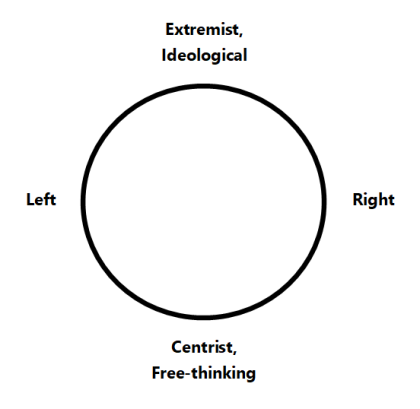
Yes, it’s a circle. The Left-Right ends meet at the top and bottom points, making an important implication: that a Left centrist, for example, has at least as much in common with a Right centrist as with a Left ideologue. The reason this is so important is because while we tend to be obsessed with the dividing space between people along horizontal axis, we tend to be far less interested in – or don’t even quite understand – the vertical axis, which is just as pertinent to socio-politics and to every individual you meet.
Basically, the horizontal difference tends to be about ideas – what you think about climate change, gun control, abortion, Brexit. It captures what you think makes a society a good, harmonious one, and in oversimplified terms, which of two approaches you think is more important: preserving what’s worked (conservative) or changing what hasn’t (progressive). You can debate these things, invoke logic and reasoning, and refer to studies and statistics, but at the end of the day we’re talking about ideas and values – things of the same, essentially abstract nature that Socrates and Plato discussed sitting on sun-bleached rocks in Athens more than 2,000 years ago. That’s the horizontal axis.
The vertical difference is about our own character. It reveals to what extent we identify emotionally, and therefore irrationally, with our position along the horizontal. Unlike the horizontal axis, it’s not really about issues ‘out there’, whether we’re talking lofty ideals or statistical analysis. It’s about what’s within us.
I remember my high school history teacher once making the point that if we were sitting in a classroom in Germany during the 1930s, the likelihood is we’d all be good little Nazis. A difficult pill to swallow, perhaps, but absolutely correct. In one of his recorded lectures, Jordan Peterson, a brilliant spokesperson of anti-ideological centrism, took this point further, rhetorically asking his own students how many of them would accept service as – perhaps even volunteer to be – a guard at Auschwitz. As a lifelong history and psychology buff it’s a question that’s long fascinated me too, and I’ve always found the answer that tends to be given – ‘well, we just don’t know until such an extreme scenario actually arises’ – unsatisfactory.
The mistake that’s often made when trying to provide a more thoughtful answer is that we examine Auschwitz itself. We note that it was erected by National Socialist Germany – generally positioned to the far Right of the horizontal axis (though many conservatives these days emphasize the ‘Socialist’ and push it back down the scale to the other end) – and therefore conclude that it’s a matter of how far Right you are on that axis. But that’s missing the point.
‘Auschwitz’ is just a well-known stand-in for the much broader, abstract concept of evil. The 20th century alone was full with similar institutions of ideologically-sanctioned mass murder all over the world. The ‘far-Right’ SS guards at Auschwitz had tens of thousands of equivalents on the ‘far Left’ of the horizontal axis, from the NKVD guards of the USSR’s GULAG network, over to Asia where the Maoist Red Guards murdered tens of thousands of their own people while the Khmer Rouge committed a virtual genocide in Cambodia, the brutality and cruelty of which makes the gassings of Auschwitz look positively humane. The Totenkopf crusader saving Europe from Judeo-Bolshevik scum had a great deal in common with the NKVD commissar saving Europe from Germano-Fascist scum – both believed any means, including torture and mass murder, justified the end their ideology prescribed – and indeed it was only through their initial and quite natural partnership that the Second World War and the subsequent genocides in Poland were able to begin at all. But I digress.
Let me break it down at this point: The ideology doesn’t matter, because all ideologies whether Left or Right can be taken to evil extremes. What matters is whether you can look beyond the ideology and find humanity instead. Most Nazis and Communists did not, indeed could not – it was those who had not yet allowed themselves to become ideologically possessed that did.
Going back to the circle, and to my previous point – taking a high-resolution view of evil makes it clear that adherents of the far authoritarian Left and the far authoritarian Right have more in common with each other than with someone who’s ‘slightly Left of centre’ or ‘slightly Right’.
This is why my mind boggles that people like Jordan Peterson or the host of the world’s most popular podcast, Joe Rogan, have both been labelled ‘fascist’ for the crime of being absolutely at the bottom of that circle, refusing to take sides in an ongoing culture war that’s reduced socio-politics to a childishly – and dangerously – black-and-white game of ‘if you’re not with us you’re against us’. Both of these highly intelligent, personable and reasonable men have been demonized because they reject climbing up either side of the circle in favour of taking everything on its own merits. Joe Rogan is a typical Californian, advocating for drug criminalization (“Have you ever tried DMT?” has become his unwitting catchphrase) and describing himself repeatedly as Left-wing. But he also loves the UFC, supports gun ownership and hunts and eats elk. In other words, he’s his own man – something a lot of ideologues cannot process and therefore tolerate in their binary ‘with us or against us’ world.
Jordan Peterson, likewise, pointed out one week that in the space of that week he had both been called out for perceived anti-Semitism by a Leftist publication (which misconstrued, with characteristic disingenuity, some of JP’s historical analysis to suggest that he considered the Holocaust ‘logical’) while also being cast as a ‘Jewish shill’ by Rightist trolls. Although they’re at disparate ends of the horizontal axis, both groups were united, indeed uniform, in projecting their ideological delusions onto a man who dares challenge those delusions by speaking truthfully and openly, without regard for the ideological order of battle where defending or attacking a certain position means you must also attack or defend all of these other positions.
So to summarise where we’ve got to, there is of course a Left and Right in socio-politics, but it’s circular. As you start reaching the impassioned heights of that Left or Right, you actually become closer to each other than to your calm, rational ‘civil society’ types who can evaluate issues with a degree of objectivity, respect others’ right to a point of view, listen to and engage with those points of view, and even accommodate or defer to them – or at least accept their validity. In other words, if you’re an angry Leftist bull-dyke who enjoys nothing more than to point fingers and shriek obscenities at ‘Nazis’, you’d best start with your own reflection. (Of course, that works equally for losers who sit at their keyboard espousing the superiority of the white race while reeking of cigarettes, BO and general failure at life.)
So to address the final part of this article, why do people dedicate themselves to an ideology so fanatically as to consider the adherents of an opposing or other ideology a mortal enemy? The great problem, as Jonathan Haidt elucidates brilliantly and extensively in his book ‘The Righteous Mind’, is that we’ve hopelessly confused ideology with morality.
If I’m on the Left, I’m moral: I believe in justice, fairness, equality, compassion. Those fear-mongering arseholes over there on the Right care about nothing but themselves. Amble over to the Right side, though, and they’ll tell you ‘I’m on the Right, I’m moral: I believe in honour, loyalty, respect, reward for hard work. Those screeching morons over there don’t know a thing about life.’
Guess what? Both are right, and both are wrong. An answer that’s perhaps not very satisfying, and which those with binary minds find impossible to accept – but as is so often the case with the world, the truth is to be found somewhere in the grey zone.
The problem for both Left and Right is that morality doesn’t come from the ideas you support (or oppose). I’ve bolded a few sentences throughout this article for emphasis but I’m going to also repeat this one: morality doesn’t come from what ideas you stand for or against. Not even a bit. Morality comes only from one thing and one thing only: your actions. Turning to Buddhism, a spiritual philosophy that has focussed for over 2,000 years on how to develop good karma, you will not find any advice along the lines of ‘the Republican path is the right path’ or ‘Enlightenment comes from reading The Guardian’. Simply put, it’s how you treat other sentient beings.
I remember being at an industry conference in the Australian town of Ballarat years ago and meeting a truly awesome, chill, fascinating couple from the Mississipi Delta who were guest speakers at one of the plenary sessions. The dude had long hair and was always smiling and affable (think Id Software legend John Romero if you know who that is), while his wife was the sort of woman you might see running an Ishka store – gentle, positive aura, slightly otherworldly in a captivating way. They were typically American in that they were super-friendly as well. Remarkably, the guy had weed on him – how he’d managed to source some in the short time he had in Aus I don’t know – and repeatedly offered me a joint, which I partook in even though I was co-running the conference and my boss was about 10 metres away inside the building we were outside of.
What’s my point? We added each other on Facebook afterwards and I realised then that they were hardcore Republicans. And I mean hardcore: guns, don’t tread on me, Obama = disaster for America. Some of you might find yourself suddenly disliking this couple upon reading that last line. But why? I just told you their actions. They spoke of nothing but decent, salt-of-the-earth people. And while even I, back then, knew less about American politics and had swallowed up some of the propaganda about Republicans being racist, I was surprised to discover how often this couple posted videos of themselves enjoying jazz at a local Mississipi music club full of black people, many of whom were clearly their friends. I realised, then, I’d swallowed ideological Kool-Aid and needed to throw it up and clear my headspace.
What I also realised is, their set of beliefs are their absolute right to have and not really mine to judge, because I don’t live where they do, I don’t know their life stories, I don’t know the issues in their community, and I didn’t bother to respectfully engage with them about why they might support gun ownership or disapprove of a president. Bottom line: I have no right to judge them for their politics. I can only judge them by how they were towards me – and they were great. (And just to be clear that there’s not some sort of bias here, I’ve met and befriended numerous fine people on the Left too, including American Democrats.)
To wind this up I’ll mention two books I’ve read recently – ‘The Gulag Archipelago’ and the lesser-known ‘Ordinary Men: Reserve Police Battalion 101 and the Final Solution in Poland’. It’s remarkable how both are, to a large degree, studies in people becoming servants to ideologues (Stalin and Hitler), whose critical ‘achievement’ was sliding their respective publics not so much along the horizontal axis, to far Left or far Right, but up the vertical axis – from acquiescence to compliance to fanatical action against the ‘other’, whoever that Enemy of the People – whether Jews, Poles, kulaks, etc – may happen to be. As Jordan Peterson put it, “Ideologies are substitutes for true knowledge, and ideologues are always dangerous when they come to power.” The horizontal axis will reveal where a person’s ideology is, but the vertical axis, crucially, will reveal to what degree they’re prepared override truth, balance, diversity of thought and freedom of speech with that ideology.


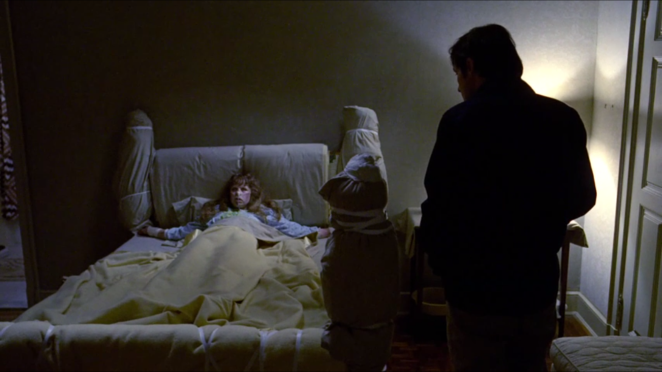








 Pete with some of his new wives.
Pete with some of his new wives. Me with one of mine. Vanilla Ice got nothin’ on that hairdo!
Me with one of mine. Vanilla Ice got nothin’ on that hairdo! Can’t believe I’ve already forgotten this guy’s name… A mine engineer and veteran volunteer who’s helped brighten many an Easter for these kids.
Can’t believe I’ve already forgotten this guy’s name… A mine engineer and veteran volunteer who’s helped brighten many an Easter for these kids.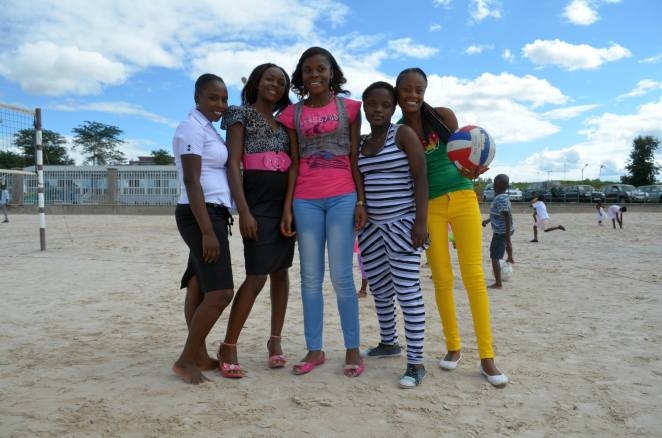 The laydeez.
The laydeez. Lubumbashi, regional capital of Katanga Province, south-eastern DRC.
Lubumbashi, regional capital of Katanga Province, south-eastern DRC.
 To be fair, some of the mining machinery was probably responsible for those violent dreams too.
To be fair, some of the mining machinery was probably responsible for those violent dreams too. Lifesavers. Quite literally.
Lifesavers. Quite literally. As much as I loathed the early mornings, the sunrises could be undeniably beautiful.
As much as I loathed the early mornings, the sunrises could be undeniably beautiful. The big first night. Uncle Darren in centre.
The big first night. Uncle Darren in centre. Moi, sometime in the final week. The fatigue and sickness were starting to show – as was the lack of a razor – but I was happy to be having such a unique experience… and to be going home soon.
Moi, sometime in the final week. The fatigue and sickness were starting to show – as was the lack of a razor – but I was happy to be having such a unique experience… and to be going home soon.
